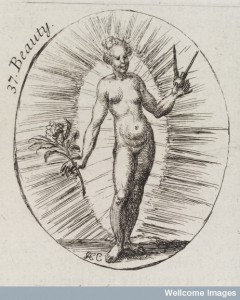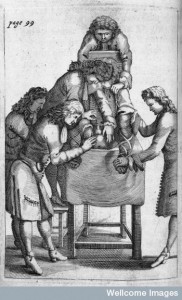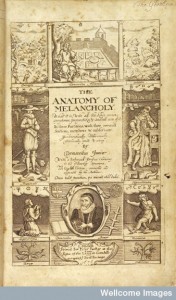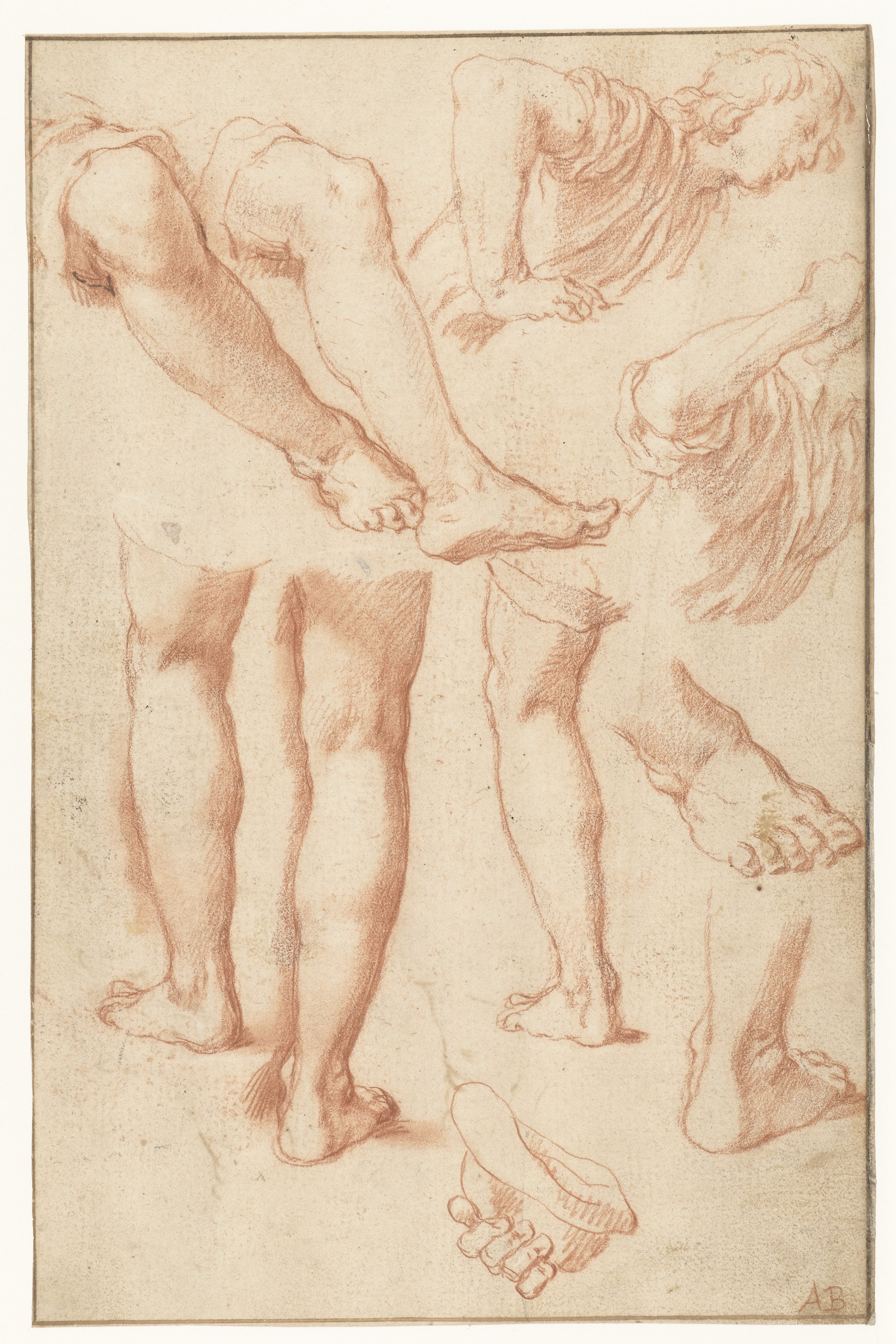
I have recently been going back over the research from my first book and thinking again about early modern aphrodisiacs. Often popular imagination focuses on the foods that we and past societies, including early modern people, consumed to increase their libidos – things like pheasants, oysters, ginger and rocket. However medical treatises written throughout the period offered an array of advice and medicines designed for this purpose. There were not all foods, some were perfumes, baths and ointments.
The French surgeon Ambrose Paré offered a detailed description of how women’s desire could be encouraged:
When the husband comment into his wives chamber, hee must entertain her with all kinde of dalliance, wanton behaviour, and allurements to Venery … intermixing more wanton kisses with wanton words and speeches.
if this failed he didn’t just recommend food but an outward application of a decoction made of Muscadine (wine made from muscadine grapes) and hot herbs.1
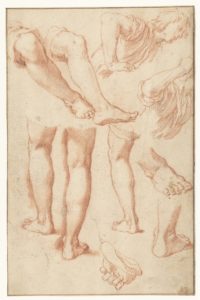 External ointments were also recommended for men’s bodies, many of these were rubbed on the genitals and loins. But several medical texts also suggested that remedies could be applied to the soles of the feet. For example, Felix platter recommended that the oils of pepper, euphorbium (the concreted milky juice of several species of Euphorbia, cactus-like perennial plants) and castor could each be applied in this way.2 He continued by explaining that women and “effeminate” people should wrap their feet in soft furs. These would tickle the feet exciting libido.
External ointments were also recommended for men’s bodies, many of these were rubbed on the genitals and loins. But several medical texts also suggested that remedies could be applied to the soles of the feet. For example, Felix platter recommended that the oils of pepper, euphorbium (the concreted milky juice of several species of Euphorbia, cactus-like perennial plants) and castor could each be applied in this way.2 He continued by explaining that women and “effeminate” people should wrap their feet in soft furs. These would tickle the feet exciting libido.
Perhaps the most potent of these ointments was the oil of Spanish fly (Cantharides) –the infamous aphrodisiac we have discussed on the blog before. Platter said that “if the right Toe be anoynted with Oil of Spanish Flies it will provoked venery”.3 Other medical writers repeated this advice. The Geneva physician Theophile Bonet claimed that anointing the great right toe with this oil was an admirable remedy for impotence.4
In Jacques Ferrand’s 1640 text describing erotic melancholy, he explained that people wishing to avoid the disease
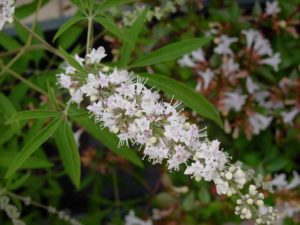
should take measures to reduce the body’s capacity to experience lust. This could be achieved through cold bathing, cooling diets, and sleeping near agnus castus (also called the chaste tree). He also noted that Arnold of Villanova (c.1240–1311) the physician and a religious reformer explained that those who wishes to live a chaste life should like ‘friers and other Religious persons … goe Barefoot’.5
Clearly the toes and feet had a special association with libido and were an important site for the application of stimulating medicines. We should remember then that early modern aphrodisiacs were not just foods, but a whole range of substances designed to stimulate the body.
______________________________
1. Ambrose Paré, The workes of that famous chirurgion Ambrose Parey translated out of Latin and compared with the French (London, 1665)
2. Felix Platter, A golden practice of physick (London, 1662)
3. Felix Platter, A golden practice of physick (London, 1662)
4. Theophile Bonet, A Guide to the Practical Physician (London, 1686)
5. Jacques Ferrand, Erotomania (Oxford, 1640).
